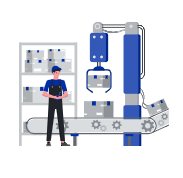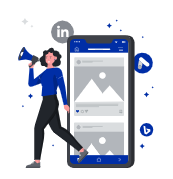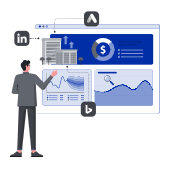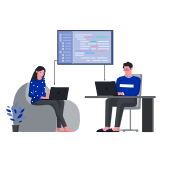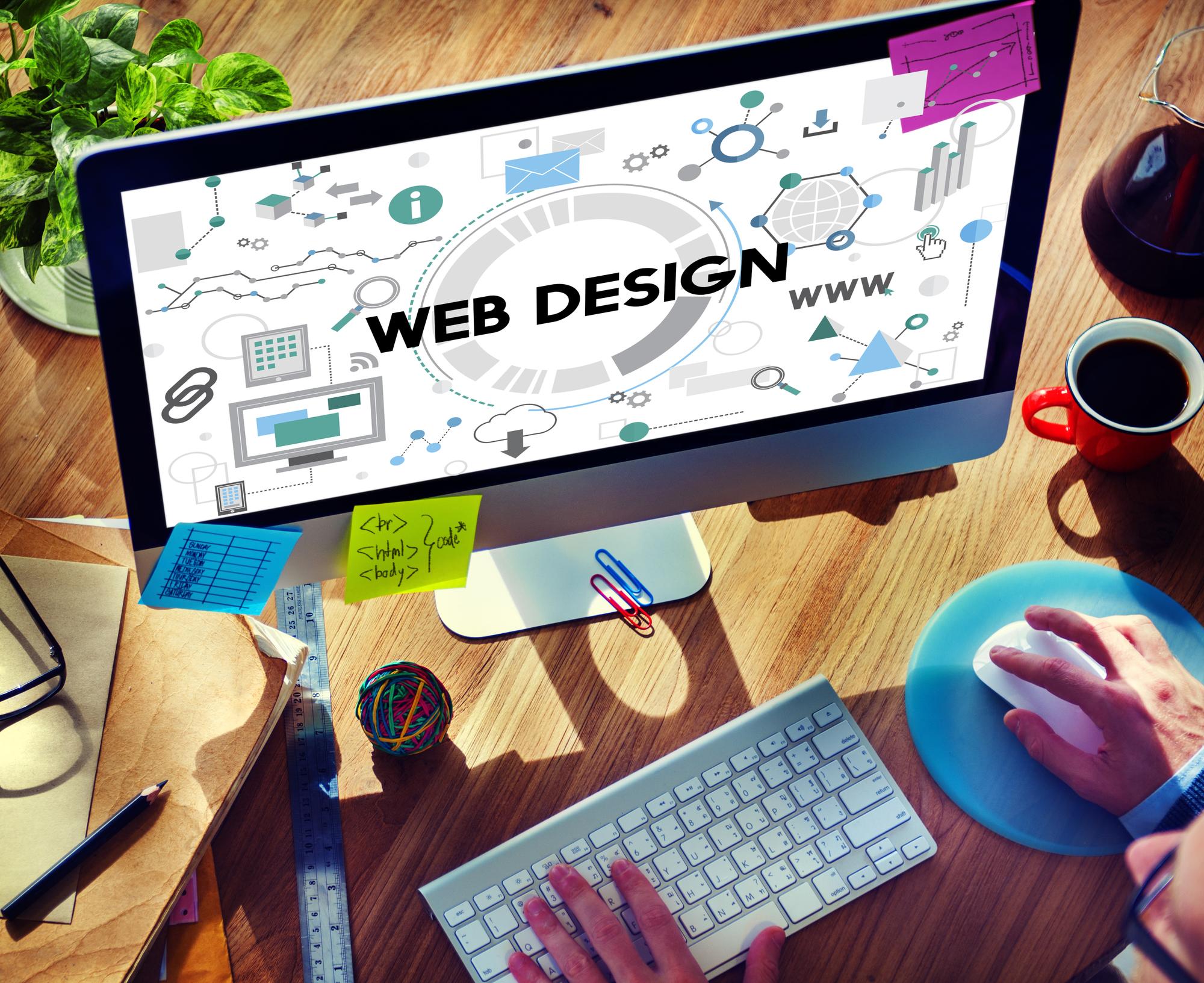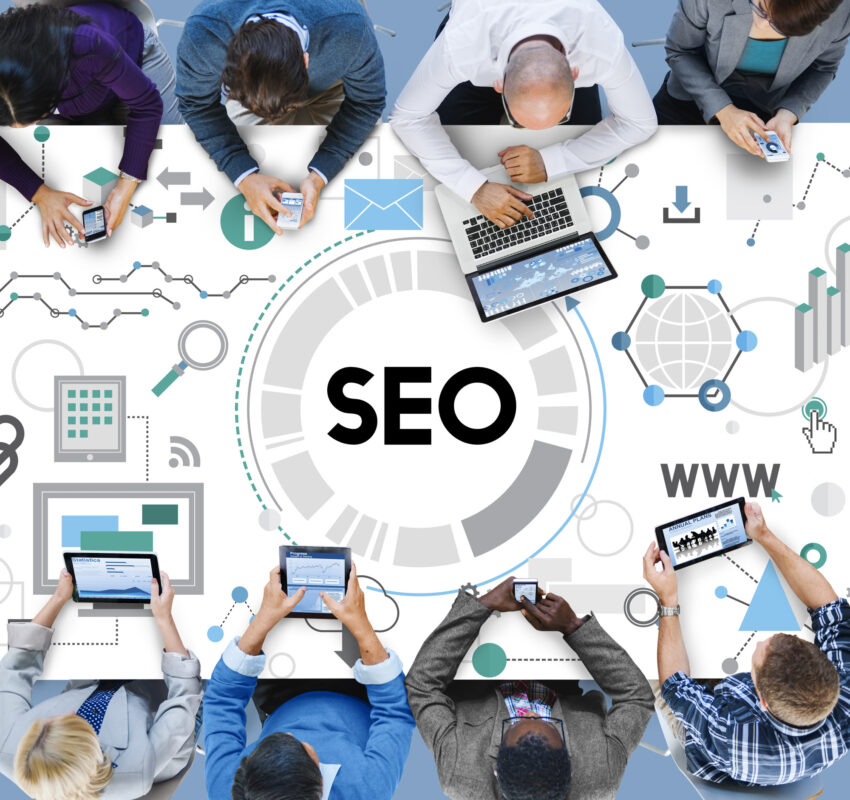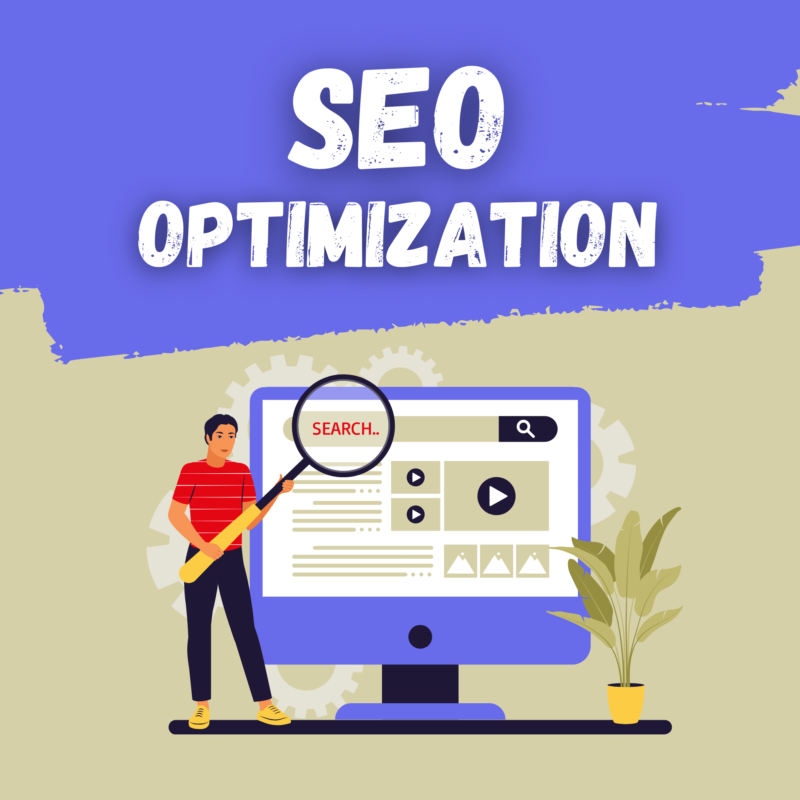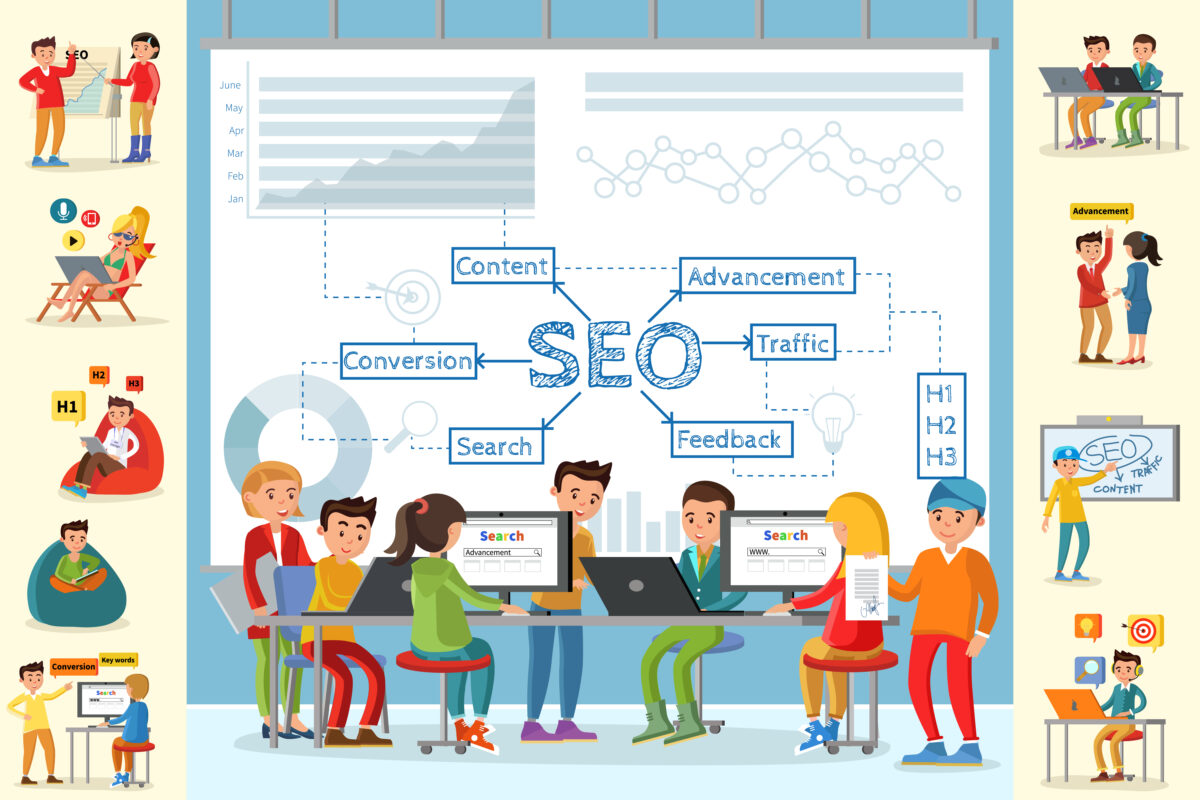Discover the top website design trends to watch in 2025. From AI-powered personalization to sustainable design, learn how to create a website that stands out and delivers results.
As we approach 2025, the world of web design is evolving faster than ever. New technologies, user expectations, and design philosophies are shaping how websites look, feel, and function. Staying ahead of these trends isn’t just about aesthetics—it’s about creating websites that are user-friendly, SEO-optimized, and future-proof.
In this blog, we’ll explore the top website design trends to watch in 2025. Whether you’re a designer, developer, or business owner, these insights will help you create a website that stands out and delivers results. Let’s dive in!
Why Website Design Trends Matter in 2025
Website design trends are more than just visual updates. They reflect changes in user behavior, technology, and search engine algorithms. Staying updated with these trends ensures your website:
- Engages Users: A modern design keeps visitors interested and encourages them to explore.
- Boosts SEO: Search engines favor websites with good user experience and fast loading speeds.
- Drives Conversions: A well-designed website guides users toward taking action, whether it’s making a purchase or signing up for a newsletter.
In short, keeping up with design trends is essential for staying competitive in 2025.
Trend 1: AI-Powered Personalization
What It Is
AI-powered personalization uses machine learning to tailor website content and experiences to individual users.
Why It’s Popular
- Enhanced User Experience: Users see content that’s relevant to their preferences and behavior.
- Increased Engagement: Personalized recommendations keep users on your site longer.
- Higher Conversions: Tailored experiences lead to more sales and sign-ups.
Examples
- Dynamic product recommendations based on browsing history.
- Personalized landing pages for different user segments.
Pro Tip: Use tools like Google Optimize or Dynamic Yield to implement AI-powered personalization without heavy coding.
Trend 2: Immersive 3D and AR Experiences
What It Is
3D elements and augmented reality (AR) create interactive, immersive experiences for users.
Why It’s Popular
- Visual Appeal: 3D graphics and AR make your website stand out.
- Interactivity: Users can engage with products or content in new ways.
- Storytelling: Immersive experiences can tell a brand’s story more effectively.
Examples
- Virtual try-ons for fashion or eyewear.
- Interactive 3D models of products.
Pro Tip: Use tools like Three.js or Unity to create lightweight 3D and AR elements that don’t compromise loading speed.
Trend 3: Dark Mode Design
What It Is
Dark mode uses a dark color scheme for the background, with light text and elements.
Why It’s Popular
- Reduced Eye Strain: Dark mode is easier on the eyes, especially in low-light environments.
- Battery Saving: On OLED screens, dark mode consumes less power.
- Modern Aesthetic: It gives your website a sleek, contemporary look.
Examples
- Websites with a toggle switch for dark and light modes.
- Apps and platforms that default to dark mode.
Pro Tip: Use CSS variables to easily switch between dark and light modes.
Trend 4: Minimalist and Functional Design
What It Is
Minimalist design focuses on simplicity, clean layouts, and functionality.
Why It’s Popular
- Improved Usability: Simple designs make it easier for users to navigate.
- Faster Loading Speeds: Fewer elements mean quicker load times.
- Timeless Aesthetic: Minimalism never goes out of style.
Examples
- Websites with ample white space and clear typography.
- Clean, intuitive navigation menus.
Pro Tip: Use tools like Figma or Sketch to create wireframes and prototypes for minimalist designs.
Trend 5: Voice User Interface (VUI) Integration
What It Is
Voice user interfaces allow users to interact with websites using voice commands.
Why It’s Popular
- Convenience: Users can navigate hands-free, especially on mobile devices.
- Accessibility: VUI makes websites more accessible to users with disabilities.
- Future-Proofing: As voice assistants like Alexa and Siri become more popular, VUI is becoming essential.
Examples
- Voice search functionality on e-commerce sites.
- Voice-activated chatbots for customer support.
Pro Tip: Use APIs like Google’s Speech-to-Text or Amazon Polly to integrate VUI into your website.
Trend 6: Micro-Interactions
What It Is
Micro-interactions are small animations or effects that respond to user actions.
Why It’s Popular
- Enhanced Engagement: Micro-interactions make the user experience more interactive and fun.
- Feedback: They provide immediate feedback, like a button changing color when clicked.
- Brand Personality: Micro-interactions can reflect your brand’s tone and style.
Examples
- Animated buttons or hover effects.
- Progress bars that fill up as users complete tasks.
Pro Tip: Use CSS animations or JavaScript libraries like GSAP to create smooth micro-interactions.
Trend 7: Sustainability in Web Design
What It Is
Sustainable web design focuses on reducing the environmental impact of websites.
Why It’s Popular
- Eco-Friendly: Users and businesses are increasingly conscious of their carbon footprint.
- Efficiency: Sustainable design often leads to faster, more efficient websites.
- Brand Image: It shows that your brand cares about the environment.
Examples
- Websites optimized for energy efficiency.
- Green hosting providers that use renewable energy.
Pro Tip: Use tools like Website Carbon Calculator to measure your site’s environmental impact.
Trend 8: Advanced Typography
What It Is
Advanced typography uses creative fonts, sizes, and layouts to make text visually appealing.
Why It’s Popular
- Visual Hierarchy: Creative typography guides users’ attention to key content.
- Brand Identity: Unique fonts can reinforce your brand’s personality.
- Engagement: Well-designed text keeps users interested.
Examples
- Websites with bold, oversized headlines.
- Custom fonts that reflect a brand’s identity.
Pro Tip: Use Google Fonts or Adobe Fonts to find and implement unique typography.
Trend 9: Inclusive and Accessible Design
What It Is
Inclusive design ensures that websites are usable by everyone, including people with disabilities.
Why It’s Popular
- Wider Audience: Accessible websites reach more users.
- Legal Compliance: Many regions require websites to meet accessibility standards.
- Ethical Responsibility: It’s the right thing to do.
Examples
- Websites with screen reader compatibility.
- High-contrast color schemes for visually impaired users.
Pro Tip: Use tools like WAVE or axe to test your website’s accessibility.
Trend 10: Data Visualization
What It Is
Data visualization uses charts, graphs, and infographics to present complex information clearly.
Why It’s Popular
- Clarity: Visuals make data easier to understand.
- Engagement: Interactive charts keep users interested.
- Storytelling: Data visuals can tell a compelling story.
Examples
- Interactive dashboards for analytics.
- Infographics that break down complex topics.
Pro Tip: Use libraries like D3.js or Chart.js to create dynamic data visualizations.
Conclusion
The website design trends of 2025 are all about creating engaging, user-friendly, and future-proof experiences. From AI-powered personalization to sustainable design, these trends reflect the evolving needs of users and the advancements in technology.
By incorporating these trends into your website, you can stay ahead of the competition, improve user experience, and drive better results. Remember, great design isn’t just about looking good—it’s about delivering value to your users. You can contact us for a Website Design plan; we will handle everything for you.

